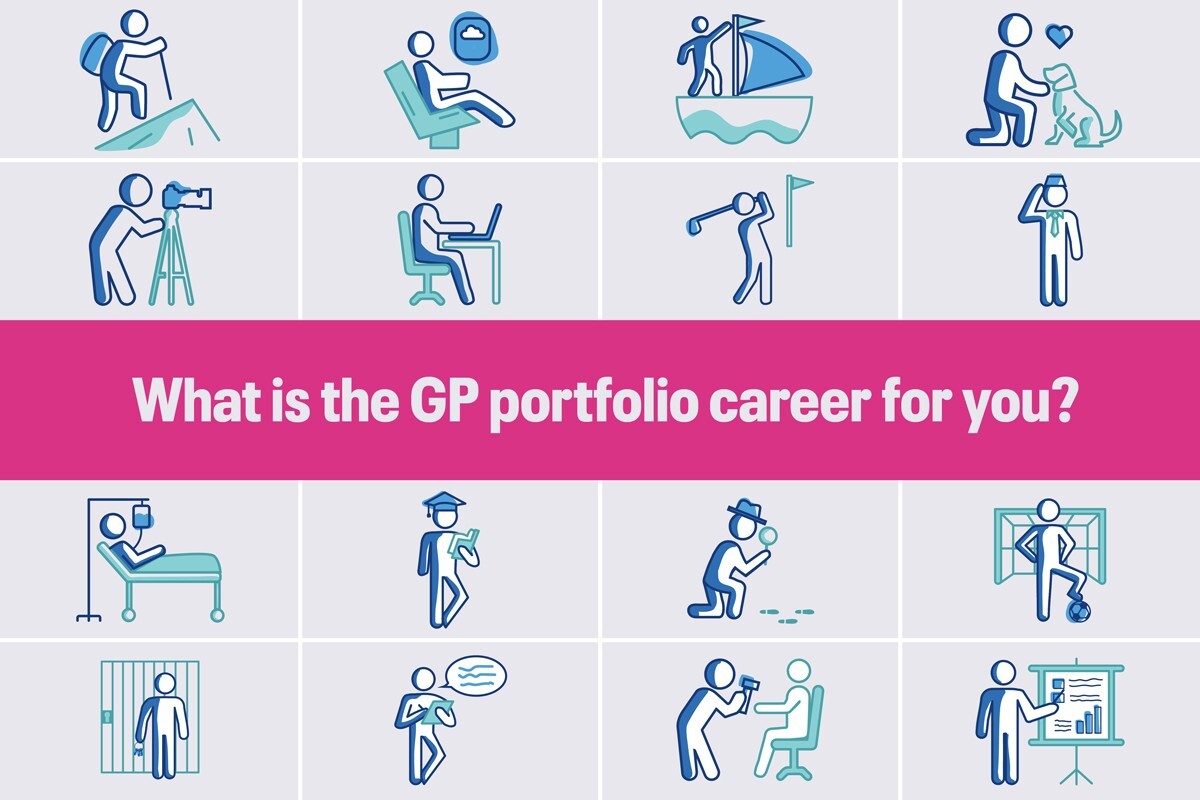Hospital failed to flag ‘serious or unexpected’ radiology reports to GPs due to IT fault

Exclusive A hospital trust has failed to flag ‘serious or unexpected’ radiology findings to local GPs due to an IT fault, Pulse can reveal.
Hull University Teaching Hospitals NHS Trust (HUTH) told Pulse that a ‘technical issue’ meant that some radiology reports containing information which GPs needed to act on were not flagged to practices.
Such reports come with a red or yellow flag to indicate action is required but the trust’s imaging department said flags ‘have not always been put on where they should have been’.
Humberside LMC informed practices of the issue and said that they will have received the imaging report correctly and ‘in the usual time frame’, but the ‘extra layer’ of flagging unexpected findings was not applied.
The trust said it is now ‘working collectively’ with GPs to ensure ‘all reports have been actioned appropriately’, and that practices will receive a list of reports that were affected by the issue.
In a message to GP practices, the LMC said: ‘Practices will be familiar with the fact that if a serious or unexpected finding is picked up on an imaging request, the report comes with a red or yellow flag on it.
‘Recognising this is an issue that has arisen in their systems, the trust is reviewing the notes and GP connect records alongside their own IT system to go through all affected patients.
‘In the vast majority of cases, they have been able to see that any required follow up has been actioned and nothing further is required.’
The LMC added that there is a ‘small number of patients’ where the trust was unable to see whether the flagged report has been acted on.
It added: ‘This is most likely due to the limited information available to the trust on their digital platforms, but to ensure nothing has been missed, a list of the patient reports involved will be sent out to affected practices in the coming weeks.
‘This will happen in two stages, with further communication to come from the hospital to practice Managers, including how to access any support.
‘The LMC will continue to work with the trust on your behalf to ensure this process is as simple as possible. Numbers so far are less than 12 patients in the largest practices in the area.’
A HUTH spokesperson told Pulse: ‘We were made aware that a technical issue in our systems resulted in secondary imaging alert emails not being sent to GPs between July 2022 and January 2025.
‘However, throughout this time, we can provide assurance that all of the reports were sent correctly to GP practices.
‘We are working collectively with our GP colleagues to ensure all reports have been actioned appropriately.’
Pulse has looked in detail at IT problems plaguing general practice and communications between hospitals and GP practices.
Last year, Pulse’s award-winning investigation revealed at least 18 hospital trusts had failed to deliver 724,000 patient letters to GPs since 2013 due to IT failures.
This included separate incidents in 2023 and 2024 affecting Mid and South Essex Foundation Trust where 50,000 and 30,000 patient documents were lost, respectively.
Portfolio careers
What is the right portfolio career for you?

Visit Pulse Reference for details on 140 symptoms, including easily searchable symptoms and categories, offering you a free platform to check symptoms and receive potential diagnoses during consultations.
Related Articles
READERS' COMMENTS [3]
Please note, only GPs are permitted to add comments to articles














GP will be blamed for this and be sued to sent to the GMC. Nothing new here
This should be of no importance whatsoever, so long as the results were sent to the requestor, since GPs will have seen the result when filing it to notes, and will have actioned anything necessary anyway.
The bit about “The LMC added that there is a ‘small number of patients’ where the trust was unable to see whether the flagged report has been acted on.” is not quite correct. Since none of the reports that had not been flagged, had been flagged, this did not apply to reports WITH flags, so the Trust would have been looking aimlessly if they had been looing for action on FLAGGED reports – they would have been unflagged! They need to be looking at the other ones.
Simps: should you not actually read a report in GPland whenever you receive one (and before it is filed). Even when something is flagged there may still be a chance that it’s misflagged for no good reason, or not flagged, erroneously, or misjudged, unclear. Interestingly, what would AI superGP do? It will be used more often moving forward.